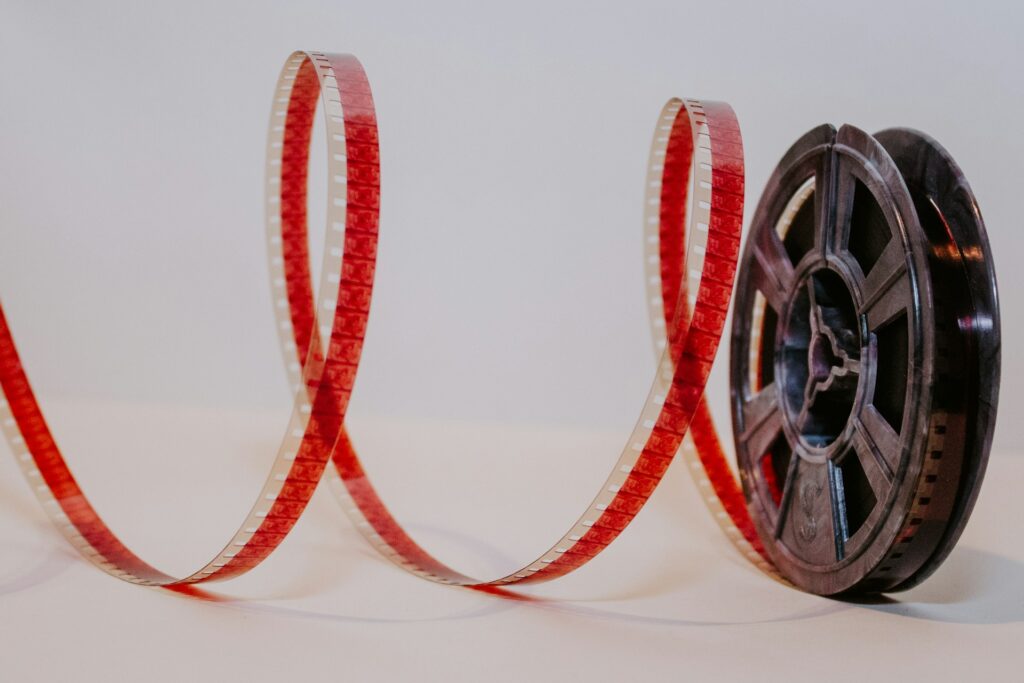At Julius Maximilians University of Würzburg, Professor Bert Hecht and his team have developed what is currently the smallest light-emitting pixel ever created; measuring only 300 by 300 nanometers. This achievement, represents an important advancement for display miniaturization and could form the foundation of future microdisplays integrated into smart glasses, contact lenses, and other ultra-compact optical systems.
Zhang, C., Ewald, B., Siebigs, L., Steinbrecher, L., Rödel, M., Fleischmann, T., Emmerling, M., Pflaum, J., & Hecht, B. (2025). Individually addressable nanoscale OLEDs. Science Advances, 11(43). https://doi.org/10.1126/sciadv.adz8579
The team, which includes Professor Jens Pflaum and researcher Cheng Zhang, focused on addressing a fundamental challenge in optoelectronic engineering: the difficulty of producing efficient light emission when the size of the emitter approaches the wavelength of visible light. At such scales, classical optics break down, and the mechanisms that control current flow and photon emission become unstable. The Würzburg researchers managed to overcome these limits using a combination of nanoscale engineering and optical antenna design.
Professor Bert Hecht from Julius Maximilians University of Würzburg stated,
“With the help of a metallic contact that allows current injection into an organic light-emitting diode while simultaneously amplifying and emitting the generated light, we have created a pixel for orange light on an area measuring just 300 by 300 nanometers. This pixel is just as bright as a conventional OLED pixel with normal dimensions of 5 by 5 micrometers”.
Organic light-emitting diodes, or OLEDs, operate by passing an electric current through stacked organic layers sandwiched between two electrodes. The recombination of electrons and holes in the active layer releases photons, creating visible light. In conventional OLED displays, each pixel typically measures several micrometers across; roughly 5 by 5 micrometers in standard devices.
Shrinking this system by more than an order of magnitude has long been considered impractical. The smaller an OLED becomes, the harder it is to distribute electrical currents evenly across its surface. This unevenness leads to hot spots, reduced efficiency, and, in extreme cases, catastrophic short circuits caused by the migration of metal atoms into the organic layer.
Professor Pflaum explained that simply scaling down existing OLED designs produces results similar to what happens with a lightning rod: currents concentrate at sharp corners, creating intense electric fields. In their devices, this effect would cause gold atoms from the electrode to drift into the organic film, forming conductive filaments that eventually destroy the pixel.
To counter this, the Würzburg group introduced a new design using an optical nanoantenna made from gold but insulated with a specially fabricated dielectric layer. This layer blocks current from the electrode’s edges and leaves only a narrow circular opening—just 200 nanometers in diameter; at the center. Current is injected only through this central point, ensuring uniform emission and preventing filament formation.
The outcome is a stable nano-OLED pixel that can emit bright orange light, comparable in intensity to a standard OLED pixel thousands of times larger. Each pixel glows independently, which eliminates the need for backlighting. The result is deeper contrast, improved color control, and greater energy efficiency, all essential qualities for portable and wearable optical devices.
Miniaturizing OLEDs beyond the wavelength of light introduces unique optical phenomena. The behavior of electrons and photons becomes dominated by plasmonic effects; the collective oscillations of electrons at the surface of metals that can confine and enhance light on scales far smaller than its wavelength.
In this work, the gold nanoantenna not only functions as an electrical contact but also as a plasmonic amplifier. It strengthens the light produced by the organic molecules, effectively compensating for the loss that normally occurs when reducing the device’s size. The combination of electrical confinement and optical amplification allows these nanopixels to achieve brightness levels once thought impossible for devices at this scale.
Another major improvement comes from stability. While many previous nano-OLED experiments suffered rapid degradation, the Würzburg team’s pixels remained stable for over two weeks under ambient conditions. Although this is far from commercial standards, it demonstrates that reliable nanoscale emission can be achieved without requiring vacuum encapsulation or cryogenic operation.
If further refined, the implications for engineering and display technology are considerable. At 300 nanometers per pixel, a display with full high-definition resolution; 1,920 by 1,080 pixels—could theoretically fit on an area as small as one square millimeter. Such miniature projection surfaces could be integrated into eyeglass arms, watch faces, or even optical fibers, where light could be guided directly into a user’s field of view.
The potential applications extend beyond consumer electronics. Ultra-small OLED arrays could enable compact projectors for medical endoscopes, optical sensors for diagnostics, and even micro-scale light sources for photonic computing. In addition, their combination of electrical and optical functionality could form the basis for programmable metasurfaces; flat optical components capable of shaping light in highly precise ways.
Despite this promise, the technology remains at an early stage. The device efficiency is currently around one percent, and only orange emission has been demonstrated. To create a viable display, the research group must achieve efficient red, green, and blue pixels and find ways to fabricate them in dense arrays without compromising uniformity. Large-scale manufacturing at the nanometer level will also require advances in lithography, alignment, and interconnect design.
The durability of these structures under continuous operation is another concern. Organic materials can degrade through exposure to oxygen, humidity, and thermal stress. Improving encapsulation methods and selecting more robust organic emitters will be crucial steps toward practical deployment.
This discovery fits into a wider trend across nanophotonics and materials science. Researchers worldwide are racing to reduce the size of light-emitting elements for use in displays, sensors, and optical communication. Competing approaches include reflective nanostructured pixels using dielectric materials and metasurface-based emitters capable of color tuning without organic compounds.
Compared to those alternatives, the Würzburg team’s approach stands out because it retains the intrinsic advantages of OLEDs: flexibility, low operating voltage, and compatibility with existing display electronics. The use of plasmonic enhancement to restore brightness lost during miniaturization offers a promising direction for integrating light emission and nanophotonics into a single platform.
While the present device is a proof of concept, it represents an experimental confirmation that nanoscale light emission can be controlled, stable, and electrically addressable. It also demonstrates how established materials; gold, organic films, and simple insulators; can be re-engineered through precise nanoscale patterning to achieve new physical regimes.
Professor Hecht and his team plan to improve both color range and efficiency by refining the geometry of the electrodes and exploring new organic emitters. Their long-term goal is to realize full-color RGB nano-OLED arrays capable of sustained operation. Should this be achieved, a new generation of displays could emerge; thin, flexible, and nearly invisible to the naked eye when not in use.
From an engineering standpoint, this research underscores the growing overlap between optics, materials science, and microelectronics. The ability to manufacture stable light sources at nanometer scales will have implications beyond displays, potentially influencing fields such as optical sensing, quantum communication, and neuromorphic photonics.
The creation of the world’s smallest pixel is not a matter of breaking a record, but of establishing a new framework for how light can be generated and controlled at the smallest possible scales. With continued refinement, the principles demonstrated by the Würzburg researchers may redefine what engineers consider the lower limit of a display pixel; and what it means for devices to see, show, and interact with light.

Adrian graduated with a Masters Degree (1st Class Honours) in Chemical Engineering from Chester University along with Harris. His master’s research aimed to develop a standardadised clean water oxygenation transfer procedure to test bubble diffusers that are currently used in the wastewater industry commercial market. He has also undergone placments in both US and China primarely focused within the R&D department and is an associate member of the Institute of Chemical Engineers (IChemE).



